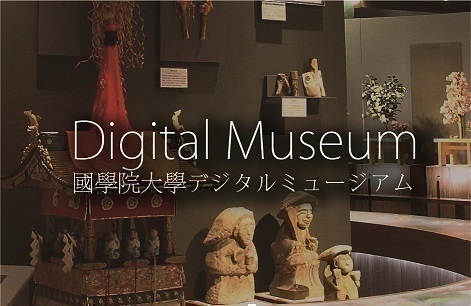- トップ
- Encyclopedia of Shinto
- Kakurigoto
Encyclopedia of Shinto
| Main Menu: | |
| Links: |
詳細表示 (Complete Article)
| カテゴリー1: | 7. Concepts and Doctrines |
|---|---|
| カテゴリー2: | Basic Terms |
| Title | Kakurigoto |
| Text | Hidden matters. Also read kamigoto. Kakurigoto appears in one writing in Nihongi, being used as the opposite of arawanikoto (that which is visible, apparent, manifest), and as a synonym for kamigoto ("kami affairs"). It signifies the invisible actions of the kami, those happenings which occur in the world unseen by the human eye; they are not necessarily those things belonging to the Other World. When the transfer of the land (kuniyuzuri) was made, Ōkuninushi accepted the divine request (mikotonori) from Takamimusuhi, and, yielding control of the "arawanikoto" into the hands of Ninigi, he retired to direct the "kakurigoto" and became concealed for a long time. The main text of Nihongi says "I will withdraw to a far-removed place" while Kojiki says "I will conceal myself and wait upon you in a far-removed place." Motoori Norinaga said that kakurigoto were the deeds of the kami invisible to the eye, not done by any person as opposed to the actions of the court and the manifest deeds of people in this world. Hirata Atsutane considered Ōkuninushi to be the lord of Yūmei (the other world, or where souls went after death). Based on these ideas, Senge Takatomi declared that the Heavenly Grandchild (tenson, referring to the emperor) and Ōkuninushi should be responsible for the realms of the unconcealed and the concealed respectively, thus starting the Pantheon Dispute (saijin ronsō). — Nishioka Kazuhiko |




